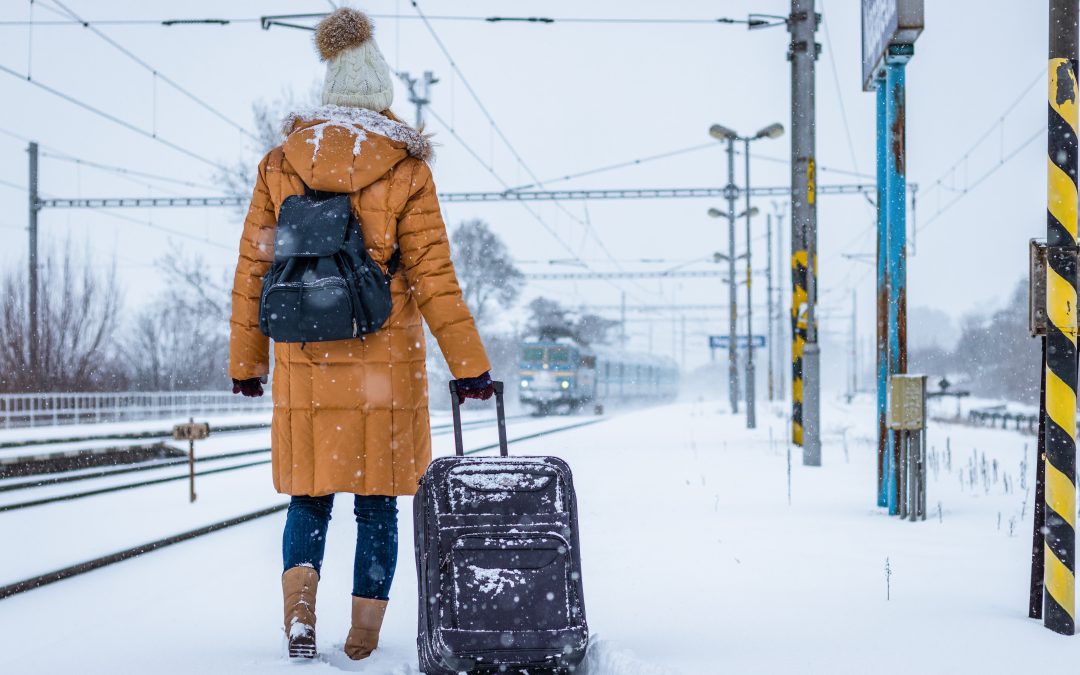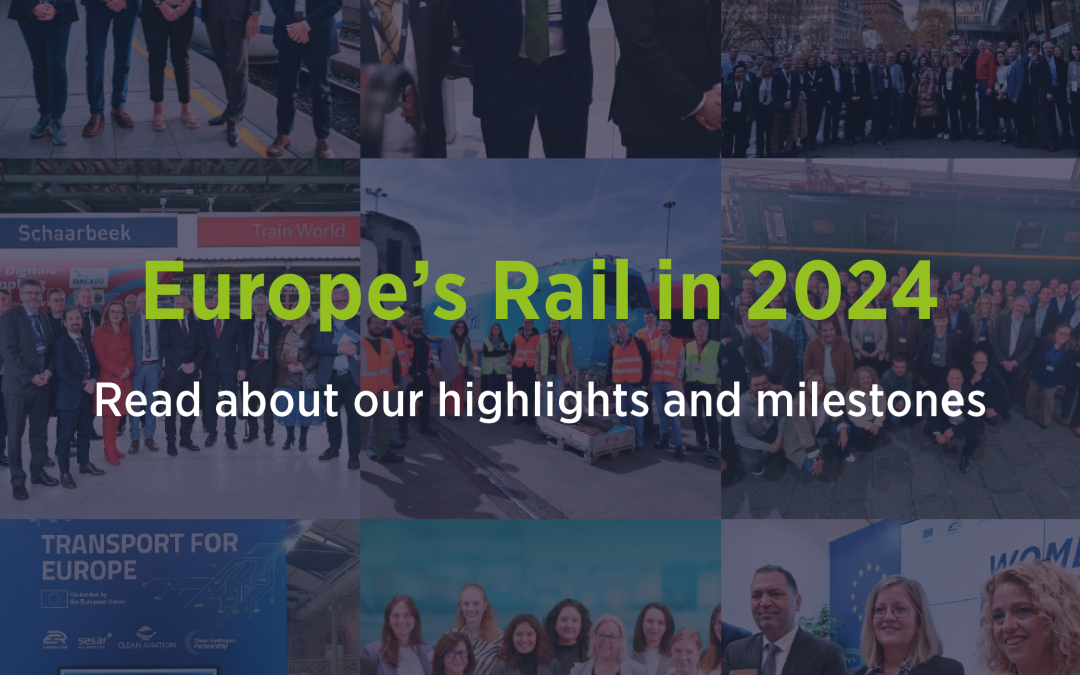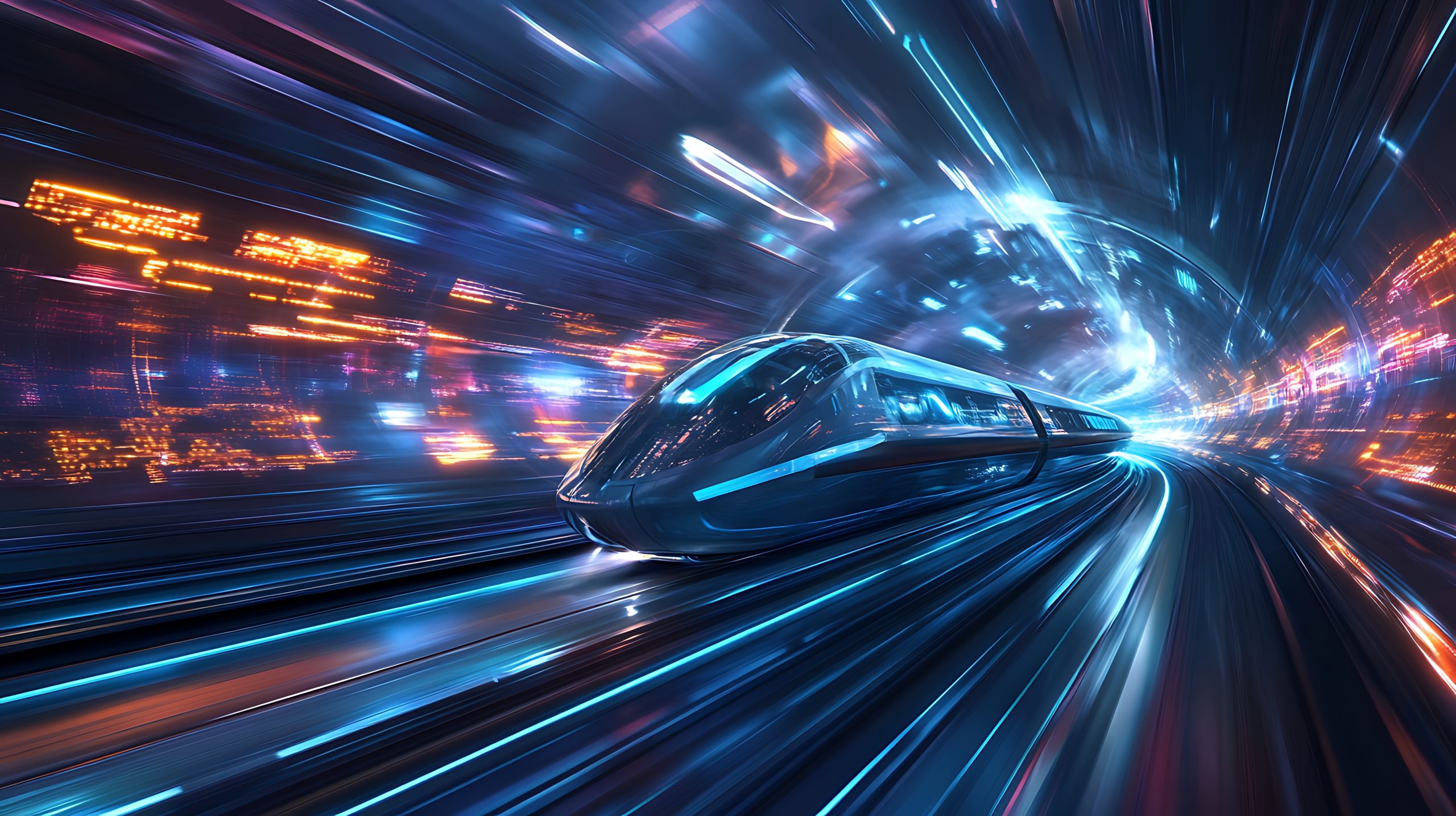How can we build on the progress made so far to make rail travel truly accessible, affordable and reliable for...

Deliverables: Results Published in January 2025
Use case collection process Work Stream 2 of our Flagship Project 1 (FP1) MOTIONAL focuses on investigating existing and new solutions for digital enablers across all Europe’s Rail Destinations. This deliverable sets the framework for the collection of use cases from...
Wising up about seamless air-rail travel
The Travel Wise flagship project, a EUR 4.9 million synergy between SESAR and Europe’s Rail Joint Undertakings with 37 partners, focuses on enhancing the integration of air and rail transport systems. In this interview, Micol Biscotto, Deep Blue, the...
EU-Rail December 2024 Newsletter
Europe’s Rail December 2024 newsletter is here, packed with the latest updates from the European rail research and innovation landscape! This month’s highlight is the introduction of the new Europe’s Rail projects, set to push the boundaries of innovation in rail...
Europe’s Rail in 2024
Introduction Europe’s Rail Joint Undertaking continues to drive collaborative innovation in rail and guided modes transport leading to a sustainable transport and mobility in Europe. The year 2024 marked significant progress across multiple initiatives, fostering...
Results Published in December 2024
The need for future development of methods and models for capacity simulations and feedback loops between planning and operations This deliverable focuses on upgrading capacity simulation methods to determine the impact of new railway technologies (i.e. European Train...
















